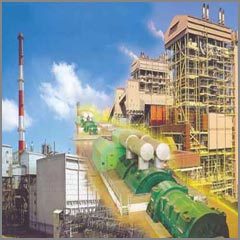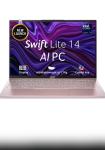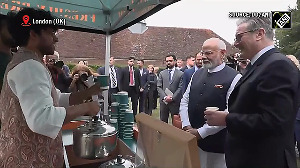 Exports from special economic zones grew 26.2 per cent year-on-year to Rs 1.76 lakh crore (Rs 1.76 trillion) during April-September this fiscal, according to the Export Promotion Council for export-oriented units and special economic zones.
Exports from special economic zones grew 26.2 per cent year-on-year to Rs 1.76 lakh crore (Rs 1.76 trillion) during April-September this fiscal, according to the Export Promotion Council for export-oriented units and special economic zones.
During April-September 2010-11, exports from the tax free enclaves had clocked Rs 1.39 lakh crore (Rs 1.39 trillion).
"This quantum of growth in exports will be maintained and this sector will generate more and more employment," EPCES chairman Jatin Mehta said.
Exports from SEZs grew 43.11 per cent to Rs 3.15 lakh crore (Rs 3.15 trillion) in 2010-11.
Out of 381 notified zones, 148 are operational. Maximum number of these enclaves are in sectors like IT/ITES, engineering, electronics, hardware and textile.
SEZs and export-oriented units contributed 34 per cent in the country's total shipments in 2010-11.
As on September 30, the zones employed 7,32,839
Under the SEZ Act, the units get 100 per cent tax exemption on profits earned for the first five years, 50 per cent exemption for the next five years and another 50 per cent exemption on re-invested profits in the following five years.
SEZ developers, on the other hand, get 100 per cent tax exemption on profits for 10 years.
However, in the wake uncertainties over tax incentives, hundreds of SEZ developers were given more time to execute their project and several have surrendered.
The draft direct taxes code has proposed withdrawal of exemptions for new units that come up after the tax code is implemented and replacement of tax exemption on profits for developers with sops on investments.
The industry has also expressed concern over the imposition of minimum alternate tax.
In the wake of this, the Commerce Ministry has floated a discussion paper to revamp the policy.









